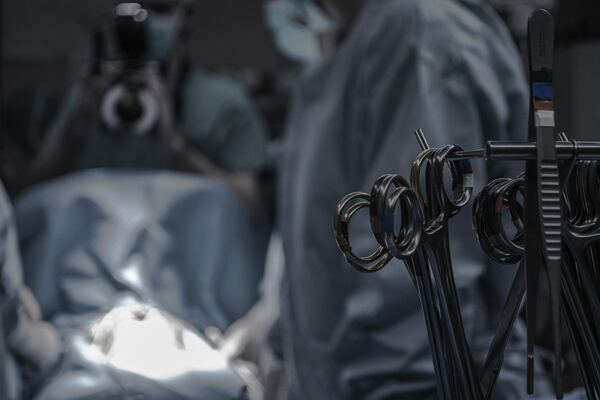Differences in postoperative satisfaction between orthopedic and cosmetic patients
(1) California High School, San Ramon, California, (2) Northwestern Medicine, Chicago, Illinois
https://doi.org/10.59720/22-253
Undergoing any surgery can be impactful on a patient’s emotional state and satisfaction. Surgeries can range from elective to emergency with the goal to improve functional or aesthetic outcomes. Specific types of surgeries may differentially affect a patient’s contentment with outcomes. Given this significant and variable impact, it is valuable to investigate how different types of surgeries can impact a patient in different ways in hopes to improve individualized patient support. The current study aims to investigate differences in psychological outcomes from patients who have undergone either cosmetic surgery (e.g., liposuction, breast augmentation, breast reduction, tummy tuck) or orthopedic surgery (e.g., hip replacement, knee replacement, rotator cuff surgery). Data was retrospectively collected through self-report surveys completed by adult patients (aged 18 to 50) who underwent first-time surgery. Survey items requested participants to rank their level of satisfaction at different time points before and after surgery. We hypothesized that patients who had cosmetic surgery would be more satisfied after surgery than patients who had orthopedic surgery. Results of this study revealed cosmetic patients temporarily had more satisfaction than orthopedic patients 1-2 weeks after surgery. These findings may demonstrate a better understanding of patients’ satisfaction with outcomes in varying types of surgeries. In this specific study, we might draw the inference that orthopedic patients were less satisfied because their mobility was compromised immediately post-operatively and they required time to recover. We may also infer that cosmetic patients were more satisfied shortly after surgery with higher expectations for their altered appearance.
This article has been tagged with: